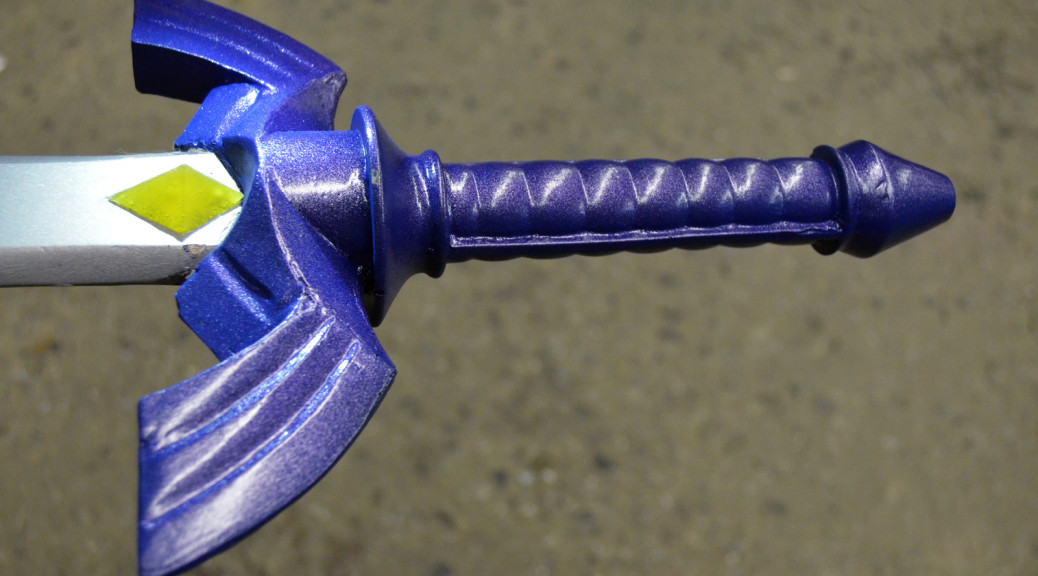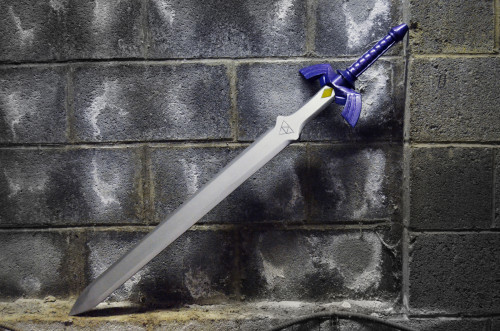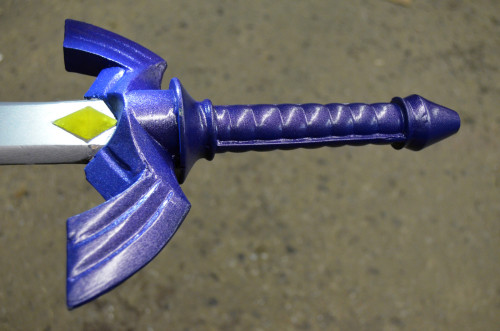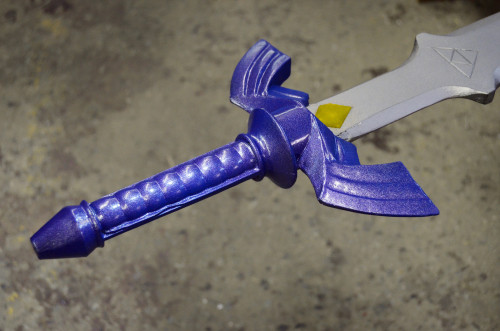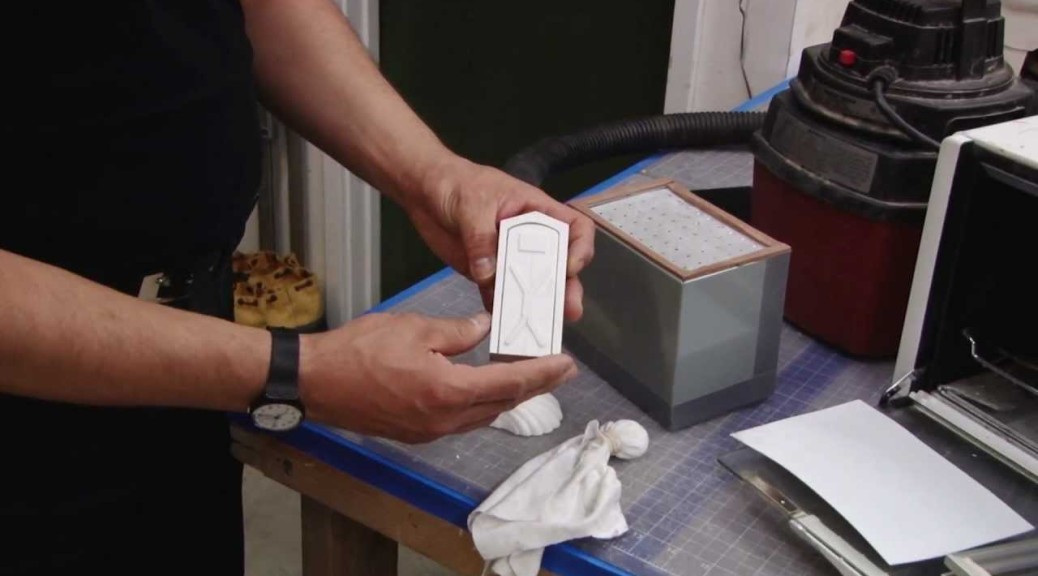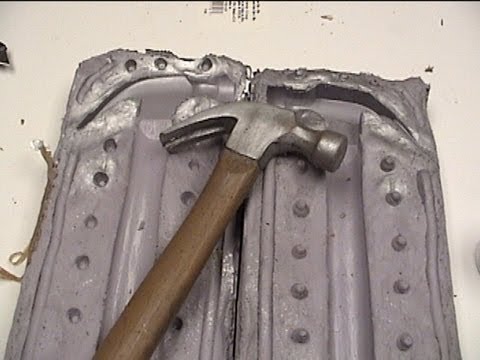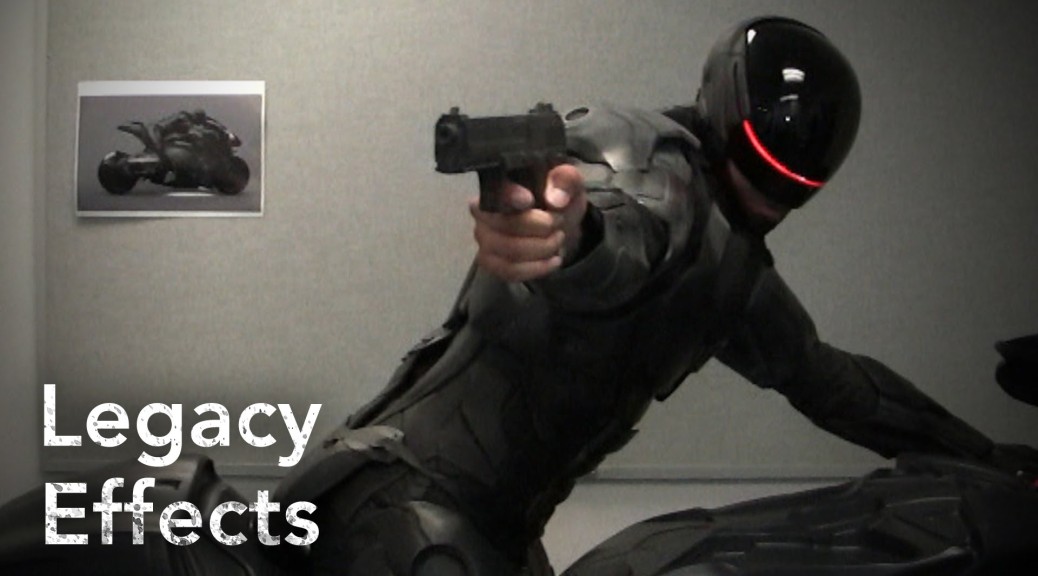Stage Directions magazine has a great feature on Faye Armon-Troncoso this month. In “The Actor’s Propmaster“, we get a look at how she got started, some of the show’s she has worked on, and what she has learned. I got to work with Faye a bit when I lived in New York City, including assisting her in the production of Merchant of Venice mentioned in the article.
I love this visit to the Fiberglass Animal Farm. FAST Corp in  Wisconsin is responsible for most of the giant animals and other roadside attractions you see around the US. If you pass a giant ear of corn on the side of the road, it was probably made by them.
Smooth-On has a great FAQ on solving one of the main problems with molding and casting in the props world: how to make paint stick to your plastic castings.
I know a few props people who sometimes work on the balloons in the Macy’s Thanksgiving Parade, so I really enjoyed this article which looks at the 1920s puppeteer whose inflatable monsters changed Thanksgiving.
Finally, this past Thanksgiving, I had a little article written about me in the local paper:Â “Props master Eric Hart: This guy wrote the book on making props for plays.”

